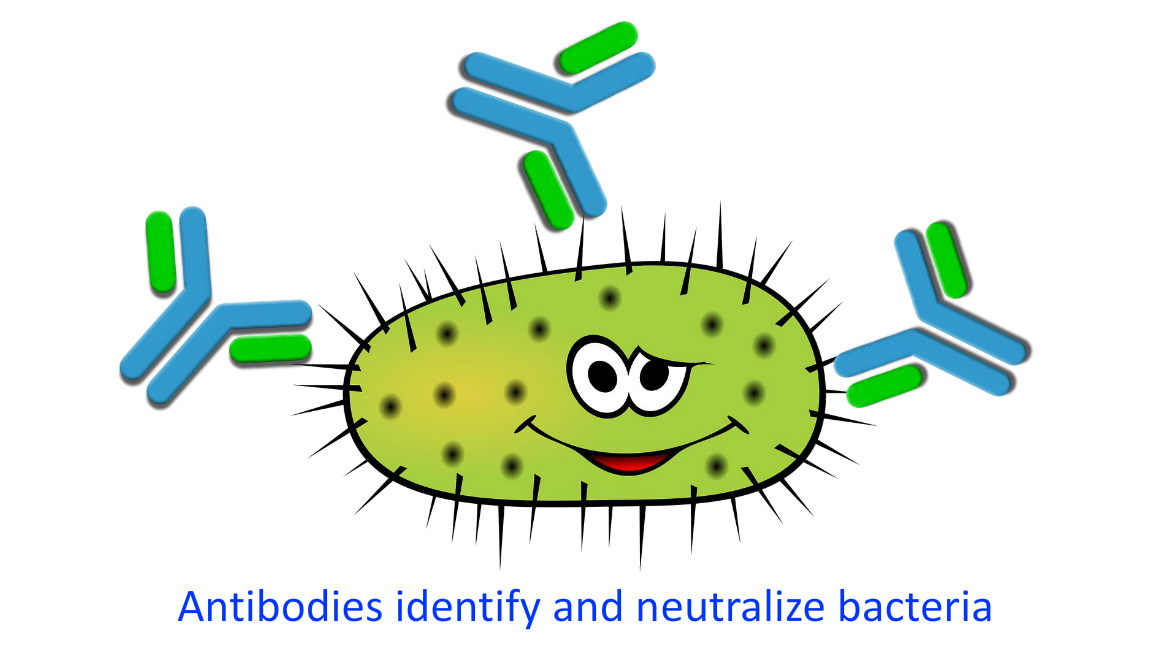I designed a short digital animation using Adobe Animate to illustrate the function of antibodies in the immune system response. This animation uses vector images and a narrative soundtrack created in Audacity.
|
My animation illustrates how antibodies target foreign organisms in the immune response system. I created the audio file first this time and found that my previous experience with video production helped me to stay under the time limit on this project. I produced the voice audio file using Audacity and then blended in background music as an added effect. This time, I used an external headset with a microphone thinking it would produce sound quality with more clarity, but it didn't seem to have much of an effect. I chose two vector images for my animation, a bacteria cell, and an antibody. My background layer was created using a cartoon-like bacteria cell in the center of the screen. I calculated the number of frames necessary for my animation timeline at a rate of 15 frames per second to be 170 frames, based on the time of my audio file. Then I generated a separate layer for each of three antibody symbols copied from the original image, which I positioned to enter from different locations outside the action screen. The timeline auto-adjusted for each layer extending to the 170 frame time limit. I then curved the path each antibody took as it approached the bacteria cell, added a rotation and adjusted the degrees necessary to land on the bacteria cell. Mixing the audio file and producing the SWF file was relatively straightforward as outlined in the tutorial. I now realize the complexities of creating a digital animation and the level of effort required to produce this artifact. I also have a much greater appreciation for the robust functionality of the Animate application and feel as though I've just begun to scratch the surface of its capabilities. |
